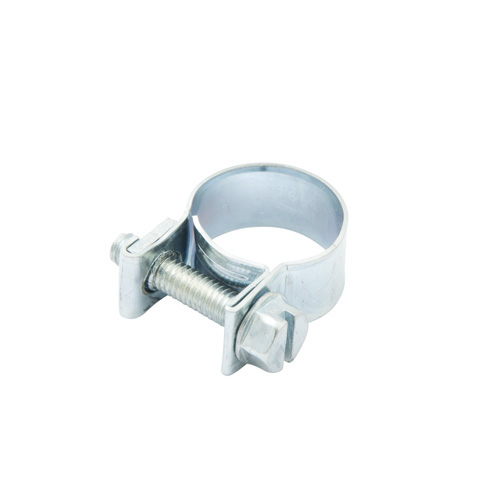One of the power steering hoses off the reservoir on my car was in pretty poor shape. Of course it is the one with the cooler hardline integrated (since I replaced the other hose already). This part is expensive if you go for a OEM replacement because it comes with the cooler hardline coil and crimped hose as one unit. To add to the frustration the hardline end is a different diameter then the reservoir.
Thankfully Bruce at Arnworx has taken some of the annoyance out of this job by having a nicely preassembled hose with a protective heat shield over the 90* bend area where the hose meets the bending reducer. Available here. Installation is pretty straight forward so I'm not going to cover that but instead I'm going to talk about why the old hose was in such poor shape.
The main reason was a result of a low quality hose clamp. There are a wide variety of clamps on the market and in my experience the kind that was installed on this hose are the worst. They are the perforated worm clamp. Because of the punched out metal to make the screw track these leave large impressions on rubber hose. Silcone hose and couplers are even more susceptible to clamp damage then rubber so a quality clamp is essential when using Silcone. A better solution is either an embossed worm style clamp, fuel injector style, t-bolt or other clamp that has a solid continuous protective surface on the inside. Thankfully most of the factory clamps on the 944 are Norma brand embossed worm style so this is generally not an issue but worth thinking about if you are going to be replacing aging clamps.





















